Mastering Workplace Productivity in the Digital Era: A Practical Guide
In today’s fast-paced digital landscape, workplace productivity is more than just completing tasks—it’s about achieving meaningful outcomes efficiently. For businesses in the UAE and beyond, understanding how to optimize time, energy, and resources is key to sustaining growth and fostering a thriving work environment.
In this guide, we’ll explore practical tools and techniques to help individuals and teams excel in the digital era.
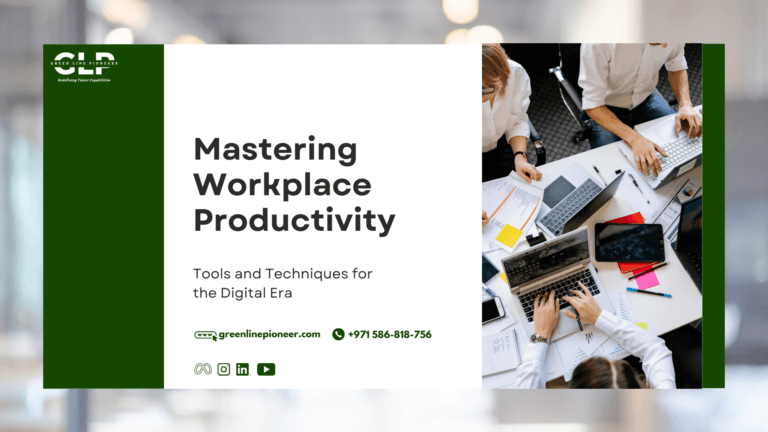
What Is Workplace Productivity?
Workplace productivity refers to achieving desired results efficiently by making the best use of available time, energy, and resources. It’s not about working harder—but working smarter.
Key elements include:
Focus: Staying aligned with goals and avoiding distractions.
Efficiency: Using time and tools wisely to maximize output.
Innovation: Continuously improving processes and outcomes.
When productivity is prioritized, businesses see improvements in individual performance, team collaboration, and overall success.
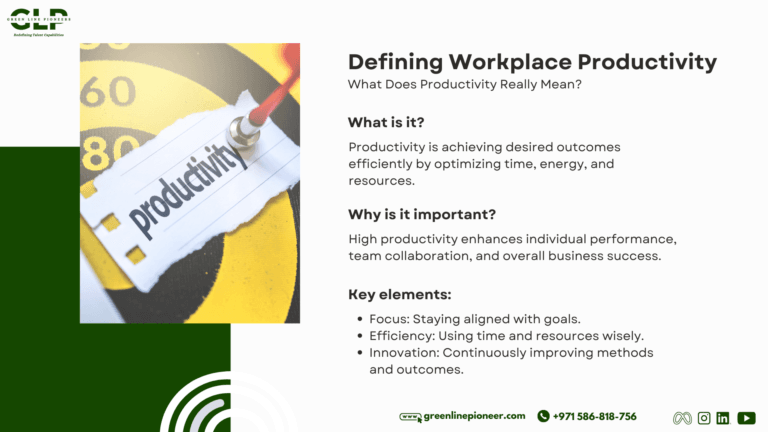
Common Productivity Challenges in the Digital Era
Modern workplaces come with unique obstacles that can hinder productivity:
Digital Distractions: Constant notifications, social media, and multitasking fragment attention.
Technology Fatigue: Over-reliance on digital tools can lead to burnout and reduced engagement.
Remote Work Dynamics: Communication gaps and blurred work-life boundaries affect focus and well-being.
Rapid Technological Changes: Keeping up with new tools and updates requires constant adaptability.
Recognizing these challenges is the first step toward addressing them effectively.
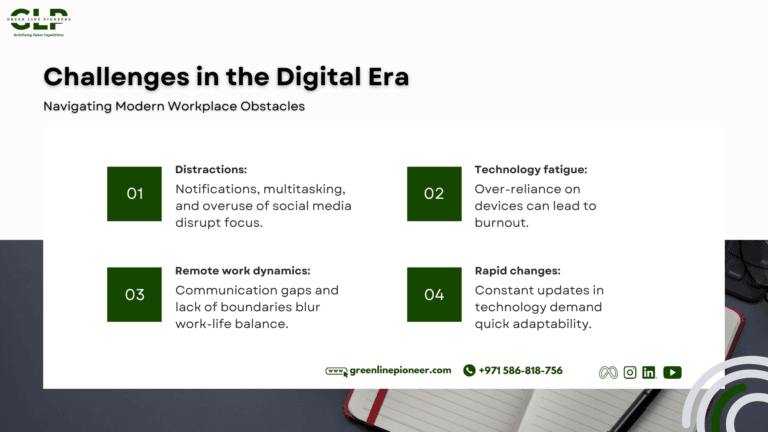
Goal Setting and Prioritization
A clear sense of direction is essential for productivity. Start by setting SMART goals—Specific, Measurable, Achievable, Relevant, and Time-bound.
To prioritize effectively, consider these frameworks:
Eisenhower Matrix: Categorize tasks based on urgency and importance.
ABC Method: Rank tasks by priority to focus on what matters most.
Each day, identify two to three top priorities to maintain focus and drive meaningful progress.
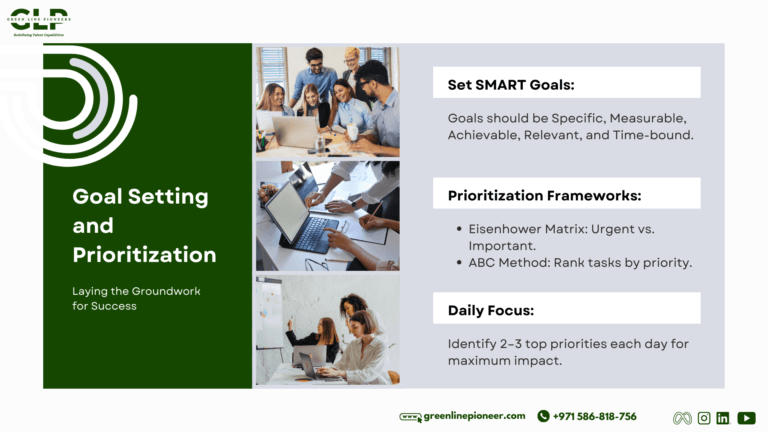
Leveraging Digital Tools
Technology, when used intentionally, can significantly improve efficiency. Here are some types of tools that support productivity:
Collaboration Tools: Virtual whiteboards and chat platforms simplify teamwork and information sharing.
Automation Tools: Software that handles repetitive tasks, like scheduling or workflow automation, saves valuable time.
Project Management Platforms: Tools that centralize tasks, deadlines, and updates—such as Gantt charts or Kanban boards—help teams stay organized and aligned.
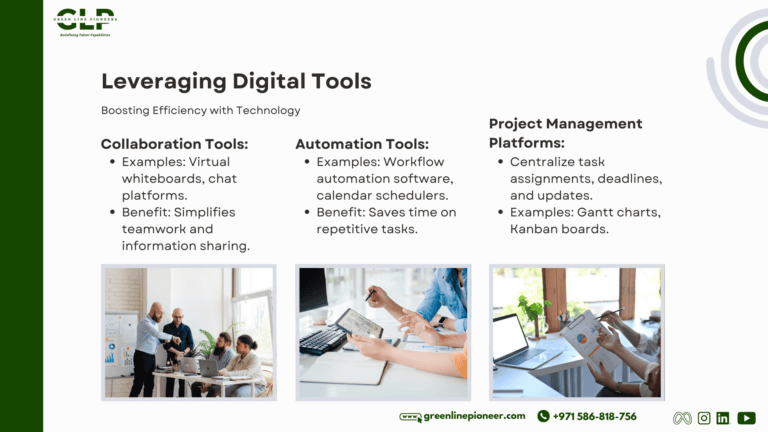
Time Management Strategies
Effective time management is a cornerstone of productivity. Try these methods:
Time-Blocking: Allocate specific time slots for tasks to maintain focus.
Pomodoro Technique: Work in 25-minute intervals with short breaks in between to sustain concentration.
Single-Tasking: Focus on one task at a time to improve quality and efficiency.
Batch Processing: Group similar tasks—like emails or meetings—to reduce context switching.
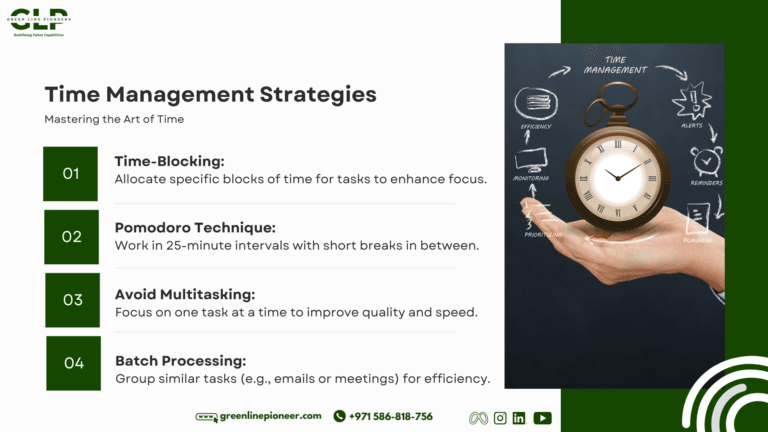
Monitoring Progress and Continuous Improvement
To sustain productivity, regularly evaluate your progress:
Set Metrics: Identify key performance indicators (KPIs) like task completion rates or project time.
Use Analytics: Leverage data visualization tools to identify trends and bottlenecks.
Seek Feedback: Regularly ask team members for input on workflows and processes.
Iterate: Review outcomes and adjust strategies as needed to stay aligned with goals.
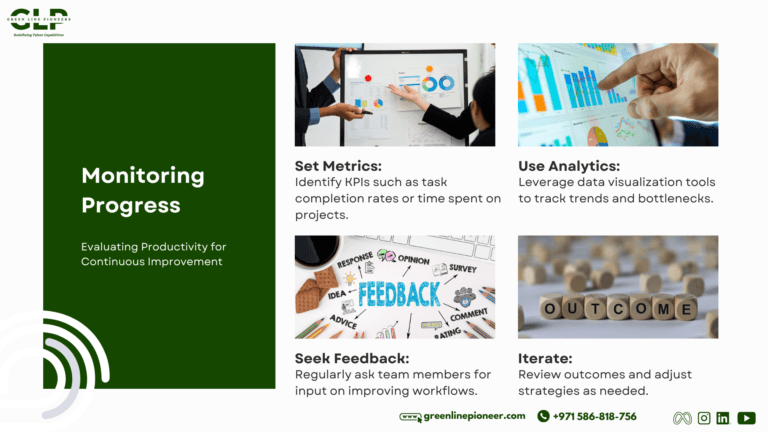
Work-Life Integration
Balancing productivity with well-being is essential for long-term success. Consider these practices:
Set Boundaries: Define clear work hours and avoid work-related activities during personal time.
Take Breaks: Step away from screens periodically to recharge mentally and physically.
Adopt Healthy Habits: Incorporate physical activity, mindfulness, or hobbies to maintain energy and focus.
Promote Flexibility: Support hybrid or flexible work arrangements to accommodate diverse needs.
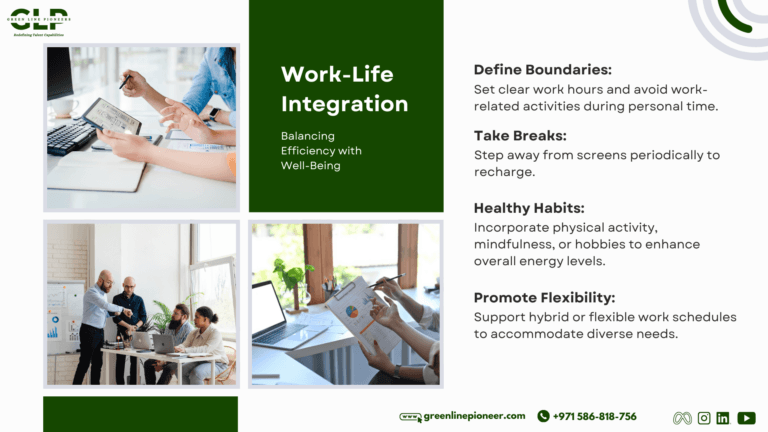
Final Thoughts
Productivity is a skill that combines the right tools, habits, and teamwork. By making small, consistent improvements, individuals and organizations can achieve significant results.
Start by implementing one technique or tool this week, and regularly reflect on what works best for your unique context.
Green Line Pioneer is a leading HR consultancy in the UAE, dedicated to helping businesses and professionals achieve their full potential through tailored strategies and support.
Contact +971 586-818-756 for more information.
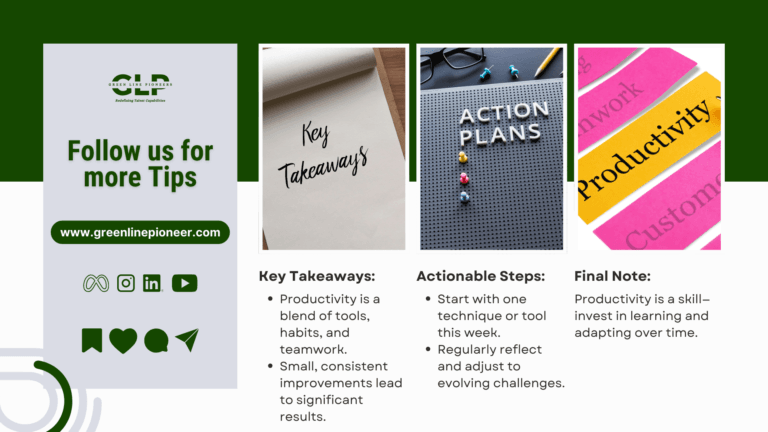
Frequently Asked Questions (FAQs)
Workplace productivity means achieving desired outcomes efficiently by optimizing time, energy, and resources. It involves focus, efficiency, and continuous improvement.
Try turning off non-essential notifications, using focus techniques like time-blocking, and dedicating specific times for checking emails or messages.
SMART goals are Specific, Measurable, Achievable, Relevant, and Time-bound objectives that provide clarity and direction.
Using collaboration tools like virtual whiteboards, setting clear communication guidelines, and scheduling regular check-ins can help remote teams stay connected and aligned.
Maintaining a balance between work and personal life helps prevent burnout, supports mental well-being, and sustains long-term productivity.

Green Line Pioneers
Redefining Talent Capabilities
Explore us on Social Media